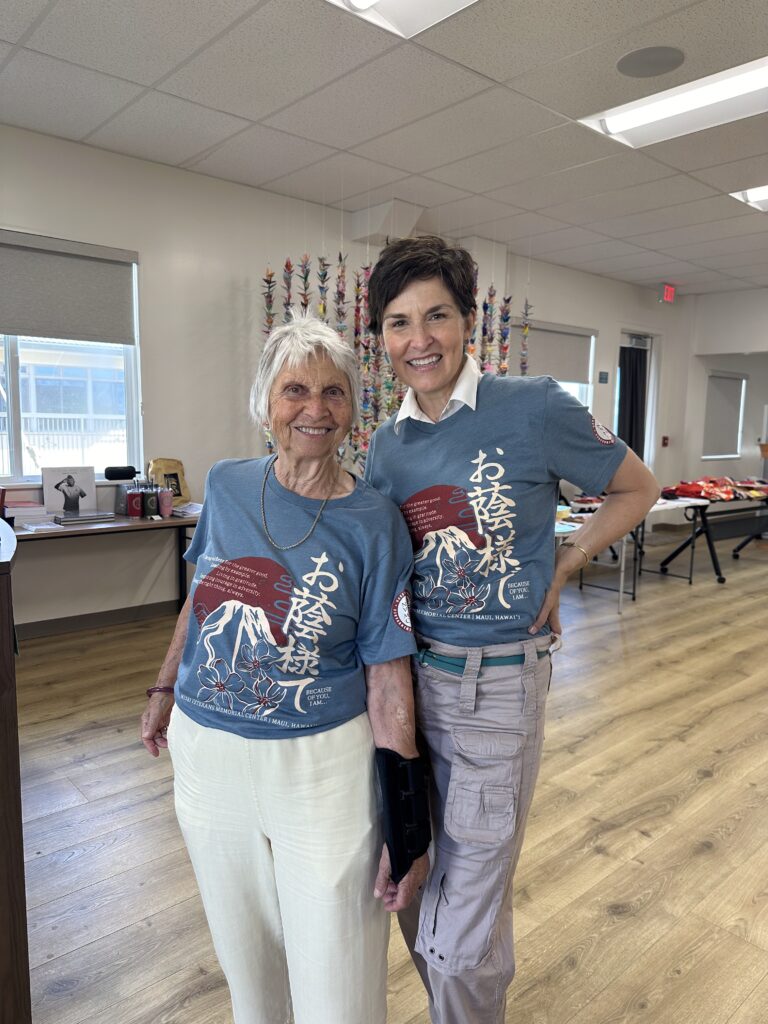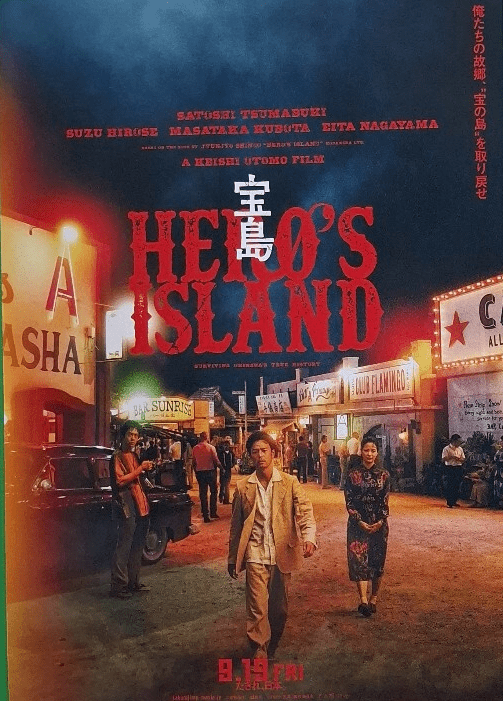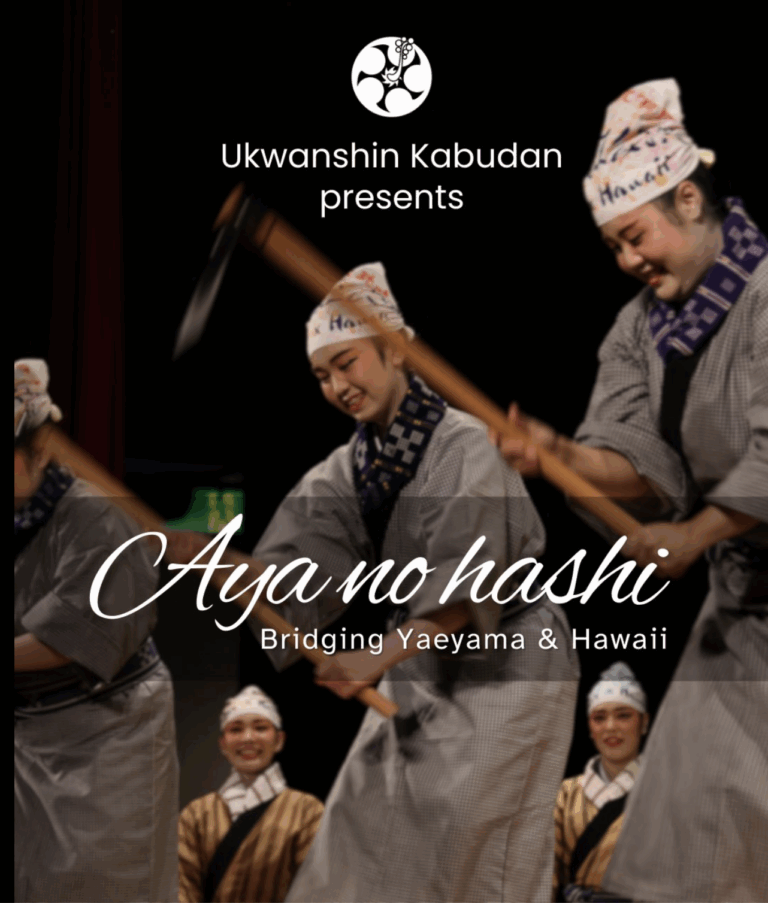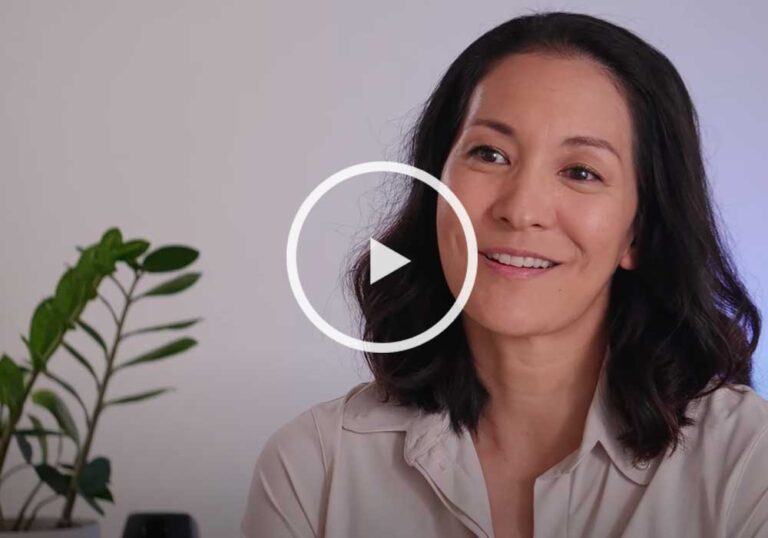The “Godfather” of the Hawai‘i art scene has passed away, but his legacy endures through his masterpieces. Satoru Abe’s illustrious career spanned more than 70 years, during which he produced thousands of works across various mediums—including drawings, paintings, and sculptures.
A local boy from Mō‘ili‘ili, Abe pursued his artistic training in New York shortly after graduating from McKinley High School. With the unwavering support of his parents, he was well aware of the challenges of being a ‘starving artist.’ Yet, his passion and determination propelled him to the forefront of the New York art community.
Years later, he returned home to Hawai‘i, where he continued to develop his distinctive style. The islands welcomed him back with open arms, and today, his work can be found across Hawai‘i—most notably in front of the First Hawaiian Bank building on the corner of Bishop and King Street and at Aloha Stadium.
Growing up in the ‘90s, one of my favorite pieces was The Seed, a bronze sculpture that graces the front of Farrington High School. Its placement is fitting—an inspiring reminder to students of their potential for growth.
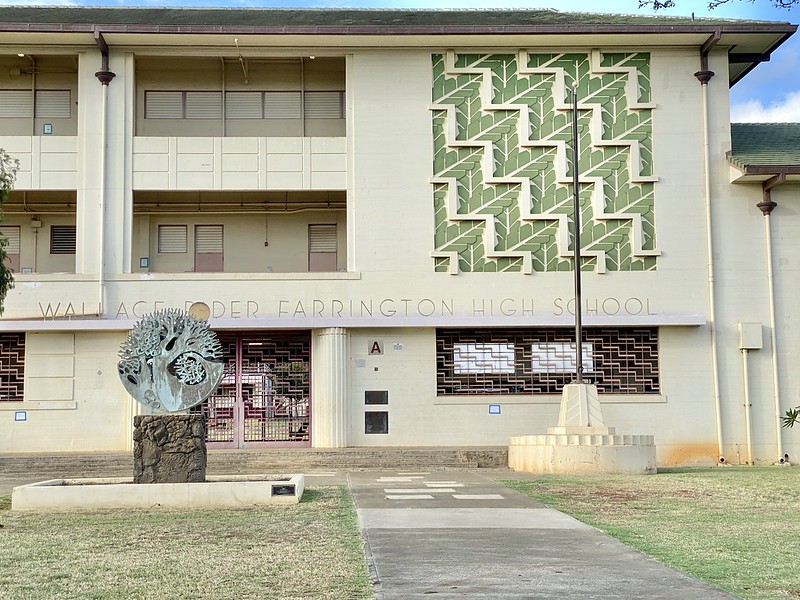
As an aspiring artist myself, I never imagined I would have the opportunity to meet an art giant like Satoru Abe in person. One of the perks of having so many siblings is that you’re always just a couple of degrees away from knowing just about everyone in Hawai‘i! In 2008, shortly after earning my degree in sculpture, my older brother took me to a gallery owned by one of his clients. To my astonishment, I suddenly found myself standing in Satoru Abe’s gallery in Mō‘ili‘ili, talking story with the legend himself.
Satoru had an uncanny ability to make people feel at ease. The “Godfather” gave us an extensive private tour, sharing insights into his techniques and creative process. While I was fascinated by his artistic methods, what I will always remember most is his quick wit and kolohe (mischievous) spirit. He cracked jokes with my brother, and I realized—this guy is so cool. His art is breathtaking, but that day, I learned just how extraordinary Satoru Abe was as a human being.
Even nearly 20 years after meeting him, Satoru Abe continues to amaze me. In October 2024, he opened what would be his final exhibition, Satoru Abe: Reaching for the Sun, at the Honolulu Museum of Art (HoMA). The journey begins the moment you step into the elevator—where a giant photo of Satoru, peering out from beneath his goggles, seems to personally welcome you to his exhibit in Galleries 12 and 13. From his earliest paintings of the 1950s to his stunning copper sculptures—my personal favorites—to his most recent post-COVID works, the exhibition offers an intimate look at his artistic evolution.
HoMA will run the exhibit until July 20, 2025. This is a rare opportunity to see privately owned Satoru Abe pieces that may not be accessible to the public after this special showcase. Admission is $15 for kama‘āina with a Hawai‘i driver’s license or state ID, and free for kids 18 and under.
Satoru Abe’s legacy is not only in the art he created but in the lives he touched. If you haven’t yet experienced his work in person, now is the time.
Ainoa Miyashiro is a local stylist and performing artist based in Honolulu. Loves to indulge in stories about inspiration, nostalgia, and connections. A middle child and therefore full-time mediator.

